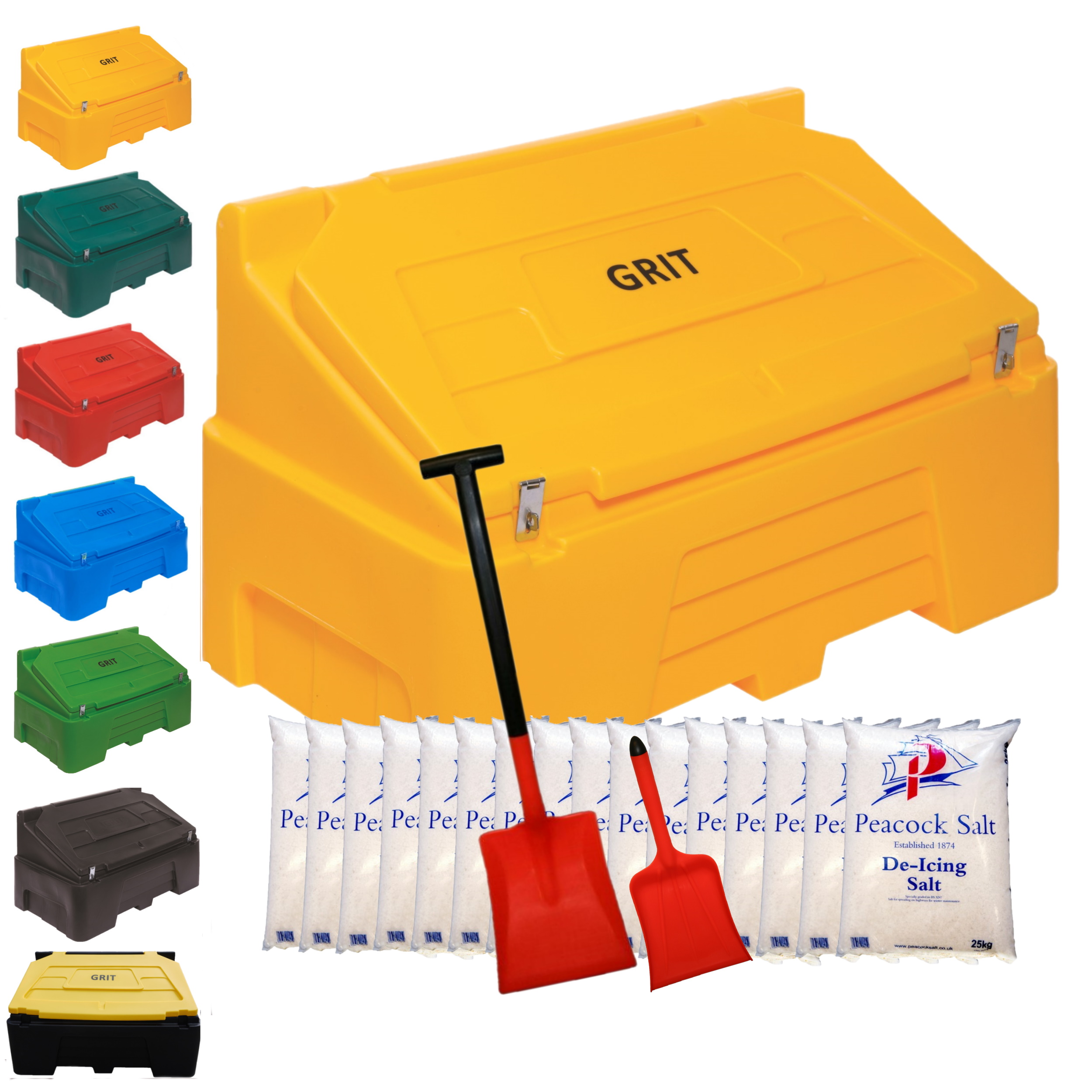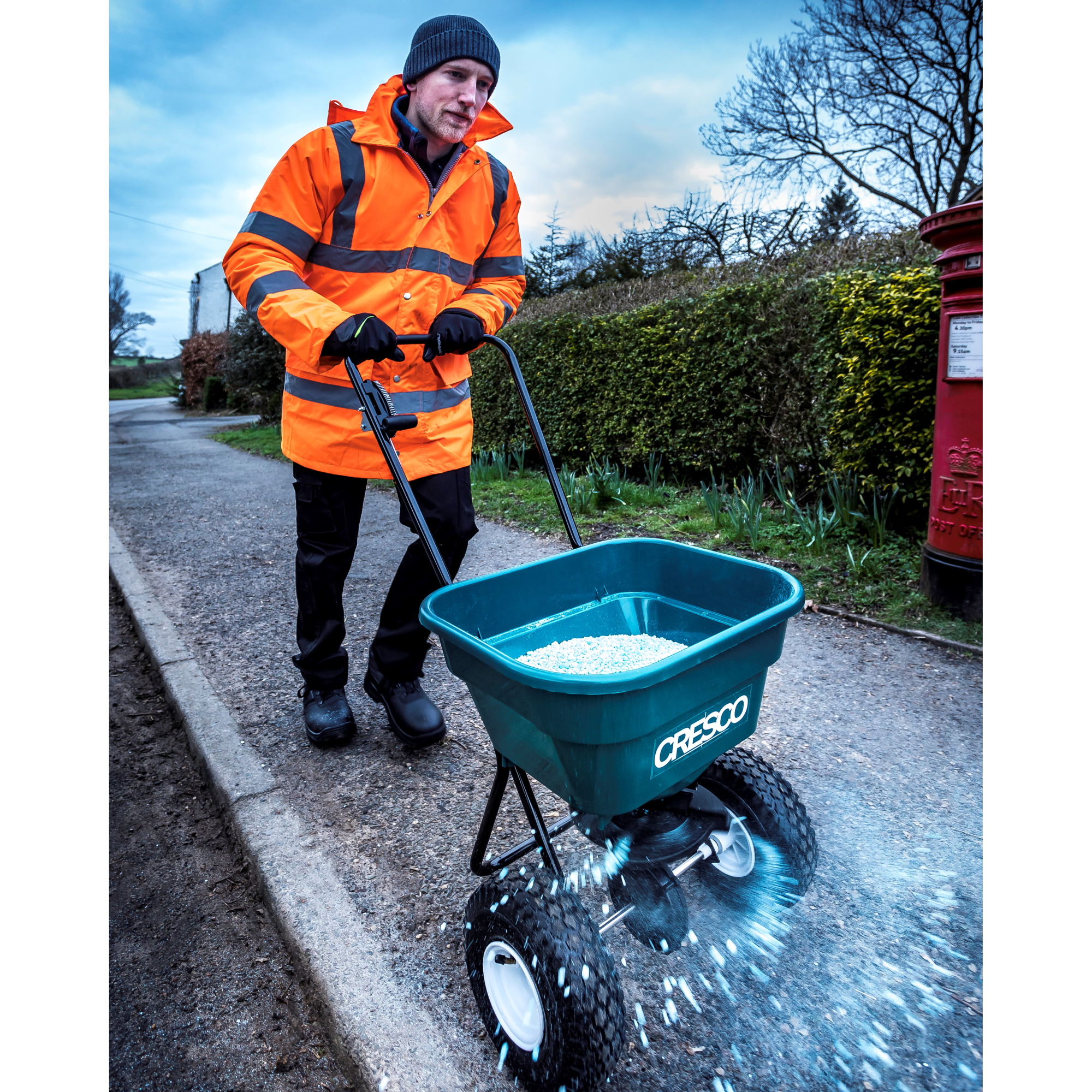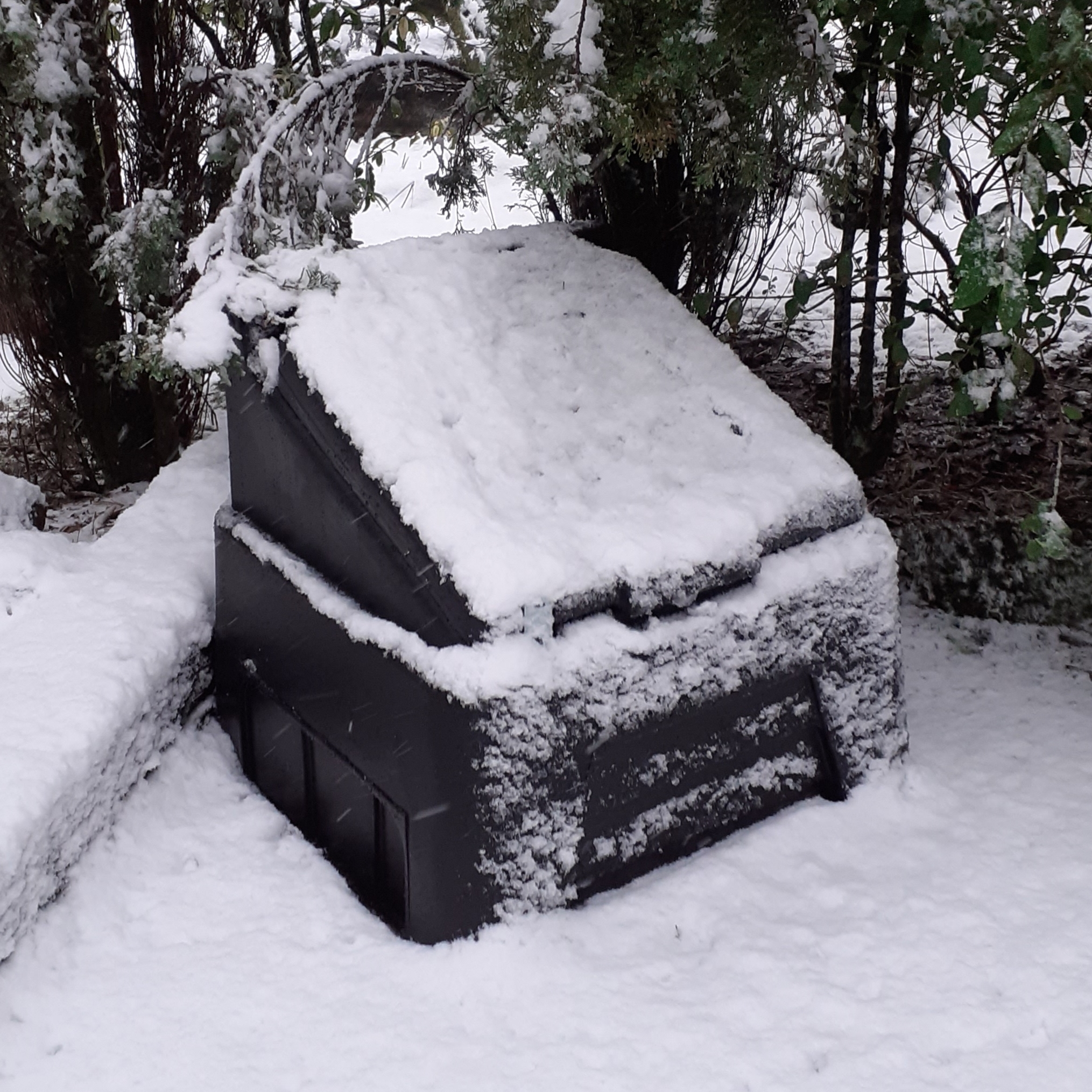What is a grit bin used for?
January 21,2022
4.9 Rated
On Reviews.io
Secure Online Shopping
On all orders
Stockists of
Major UK Manufacturers

Image source Roadware Ltd
You’ve probably come across grit bins before. These are usually bright yellow coloured receptacles kept roadside, ready to lend a helping hand whenever temperatures plummet and conditions become icy and or snowy.
Although grit bins are traditionally yellow, they are also sometimes in red, green, blue, grey, or black (usually a recycled option) colours instead.
But what do people use them for, exactly? And where will you
find them?
What are grit bins used for?
Grit bins are a common piece of street furniture found in
countries where temperatures regularly fall below the freezing point of water
(or where snowfall occurs). They store grit and salt year-round, ready for
people to distribute over hazardous path and road surfaces when the time comes.
Schools, councils, and facilities management teams use grit bins both proactively and reactively. For instance, they may broadcast grit on roads, pavements or car parks before ice and freezing temperatures arrive, or after. Grit salt works by lowering the freezing point of water, turning hazardous sections of ice (including black ice) into harmless liquid.
Members of the public can also use grit bins in icy weather to prevent slipping on dangerous sections of roads and paths. However, they must not intend to use it for personal gain (such as gritting their driveways or selling the grit on for a profit).
While some salt spreaders are purpose-built vehicles operated by councils and private gritting firms, there are also manual versions. These look a little bit like wheelbarrows. They are essentially mobile hoppers with a fan-shaped sled underneath to spread salt on the ground.

Image source Roadware Ltd
What are grit bins made out of?
In the past, communities built grit bins from concrete,
stone and wood. However, most models today are made of plastic or fibreglass.
The rationale is simple: people slipping and sliding on ice are much less likely to seriously injure themselves if grit bins are made of softer materials. However, traditional-style grit bins still exist in remote parts of the country, such as the Peak District and Lake District.
Unfortunately, grit bins are a target for arson
and vandalism because they have little to no security. Furthermore, people can
sometimes leave grit bin lids open, allowing rainwater to dilute the salt and grit
mixture inside, making it less effective when used. Grit bin manufacturers are
trying to address this by creating self-closing grit bins or having the option of
a hasp and staple with optional padlock to hold them in place when shut.
Where are grit bins used?

Image source Roadware Ltd
You’ll encounter salt bins in many locations. Primarily, you
see them street-side, particularly on pavements with high footfall or in
exposed areas prone to ice formation. This provides ready access to treat snow
and ice on pathways, roads and pavements.
You will also find them in other areas too. Car park operators will often keep a salt box along their perimeter, allowing local businesses to conduct private gritting operations when the need arises. You also see them in areas close to steep slopes. High-incline roads need nearby grit bins to prevent vehicles from slipping and sliding as they climb and descend.
Schools and businesses also make heavy use of grit bins.
Gritting reduces liability from slips and falls on their premises and helps to
reduce injury incidence.
Roadware have one of the UKs largest ranges of grit bins in a range of colours and sizes, with and without bags of rock salt, and manual salt spreaders.
4.9 Rated
On Reviews.io
Secure Online Shopping
On all orders
Stockists of
Major UK Manufacturers